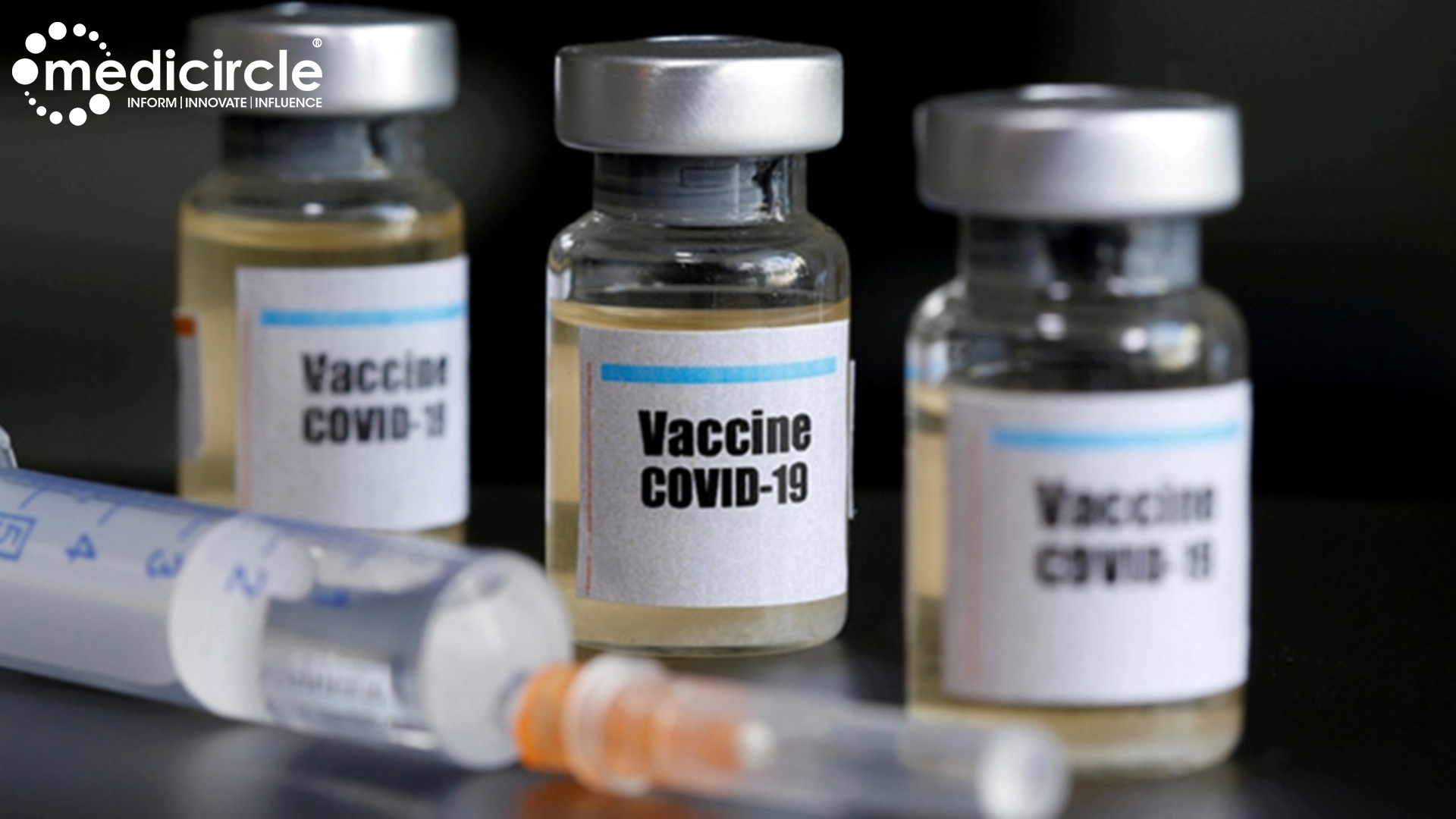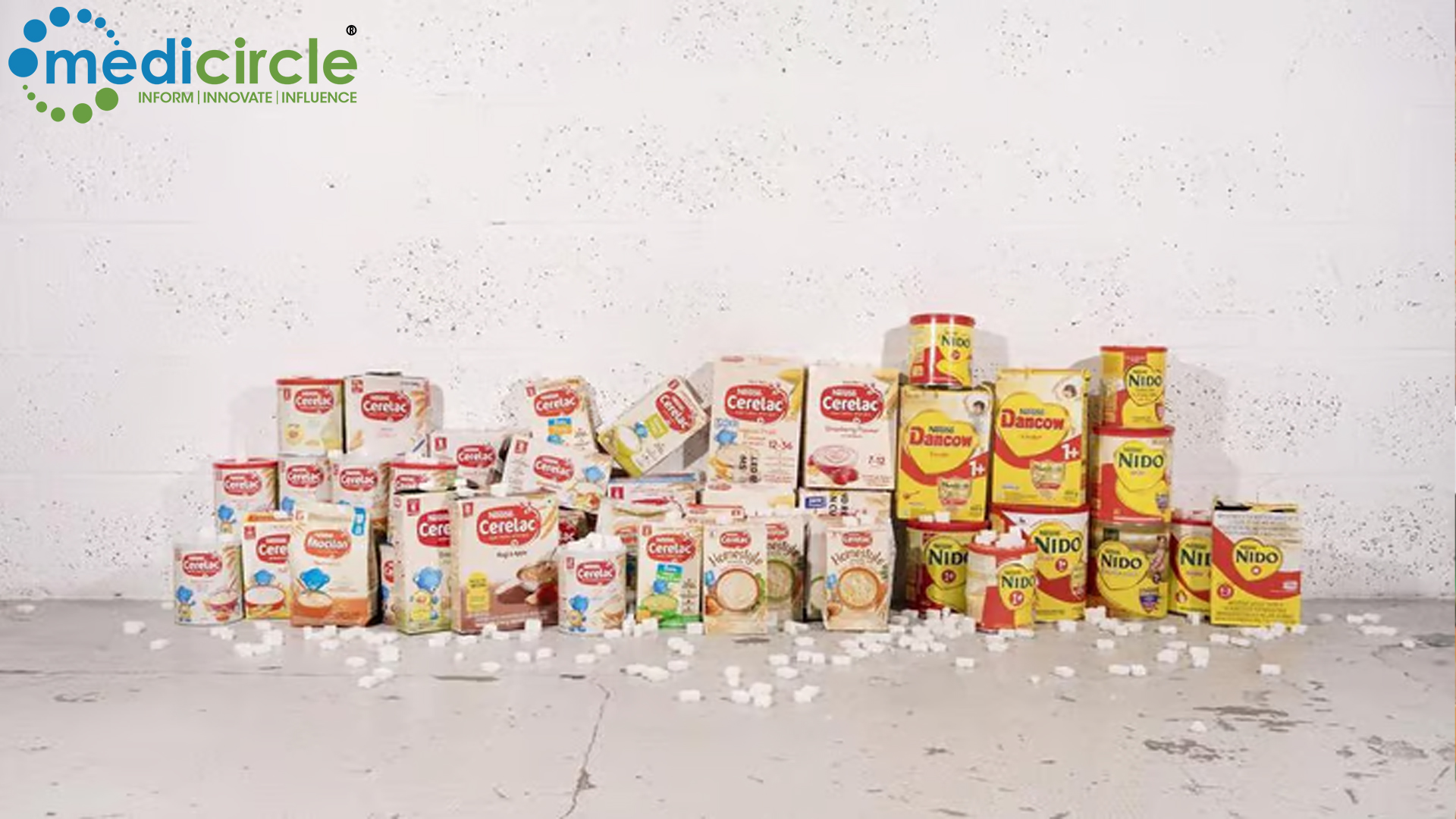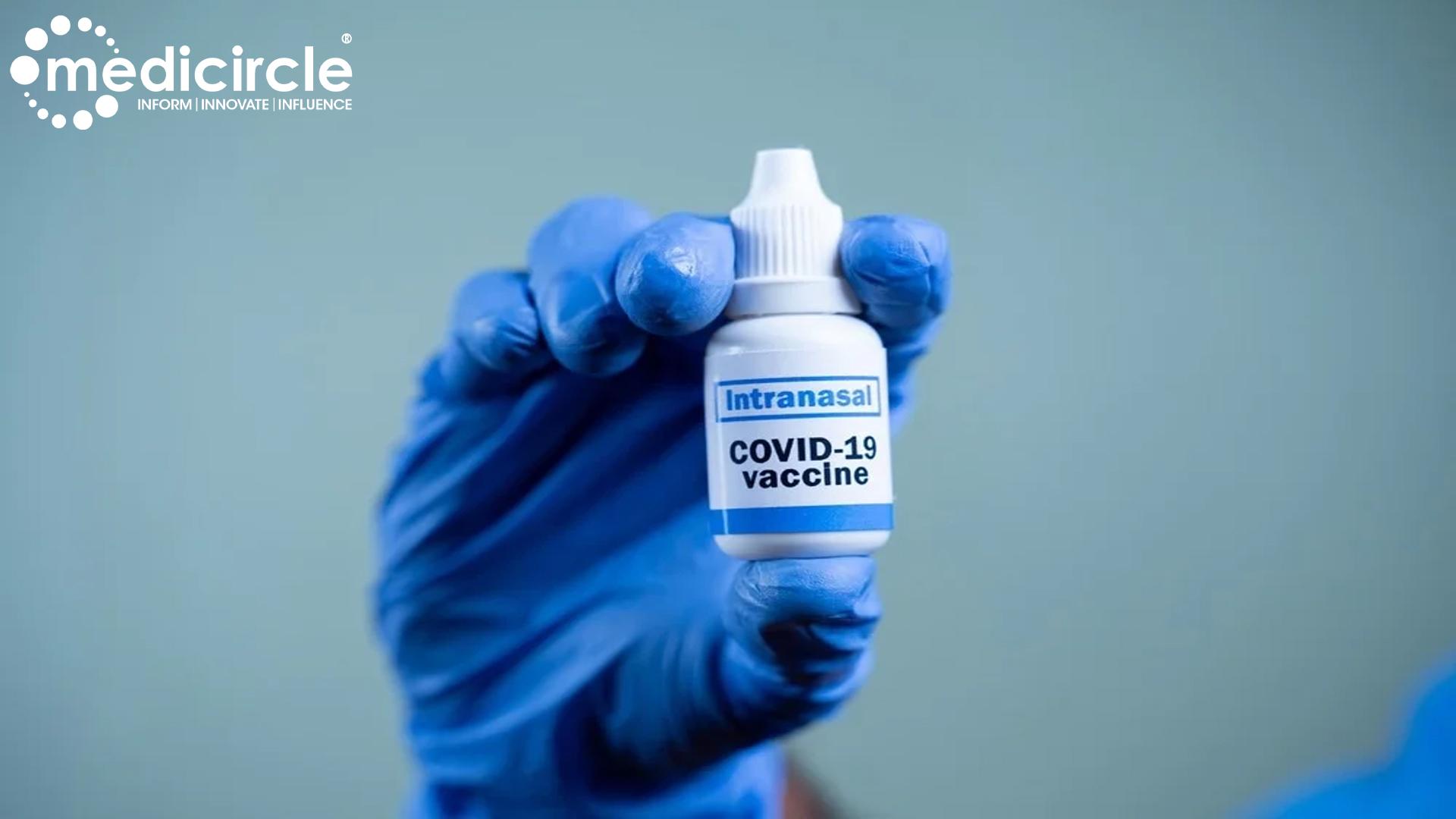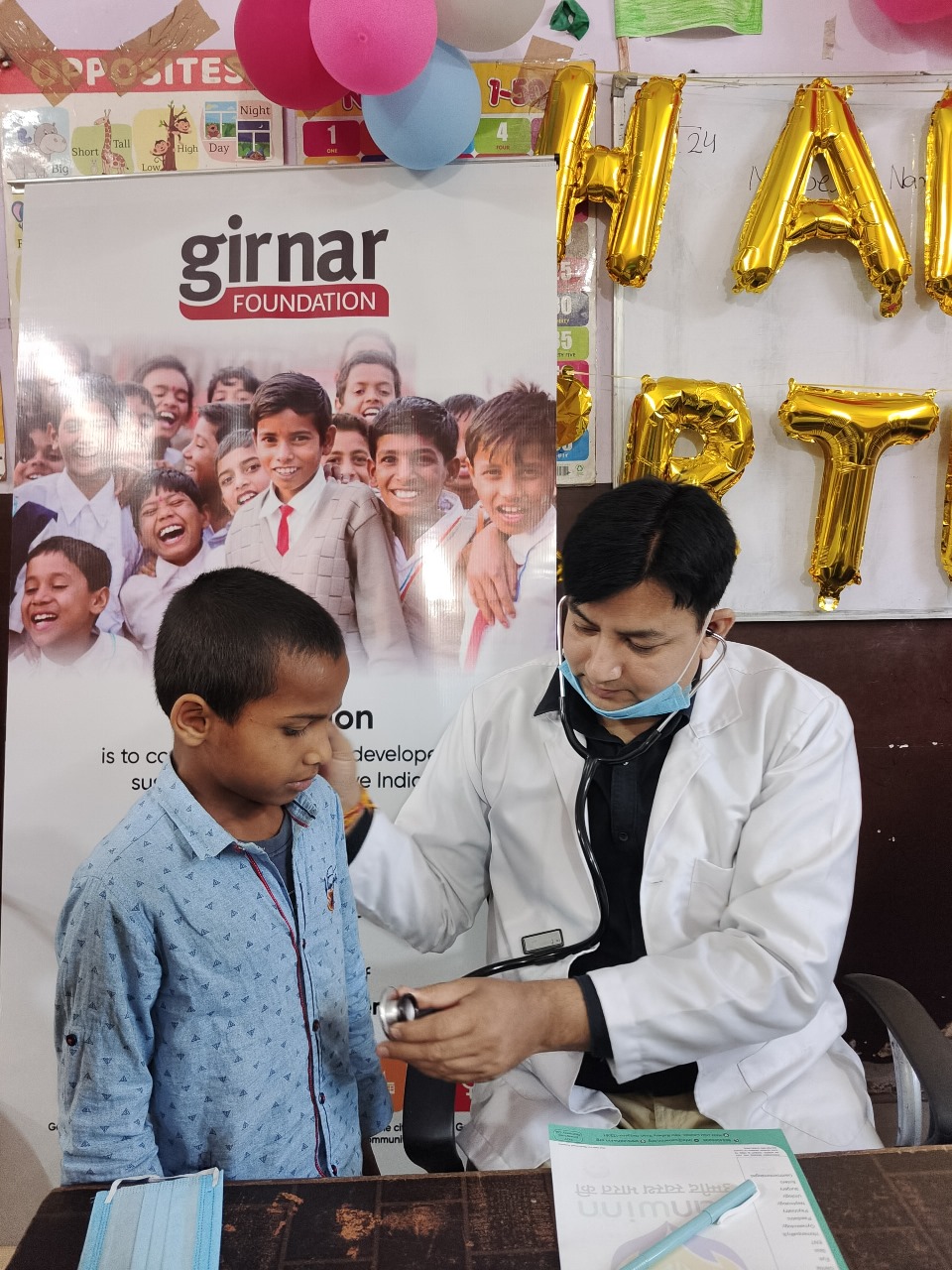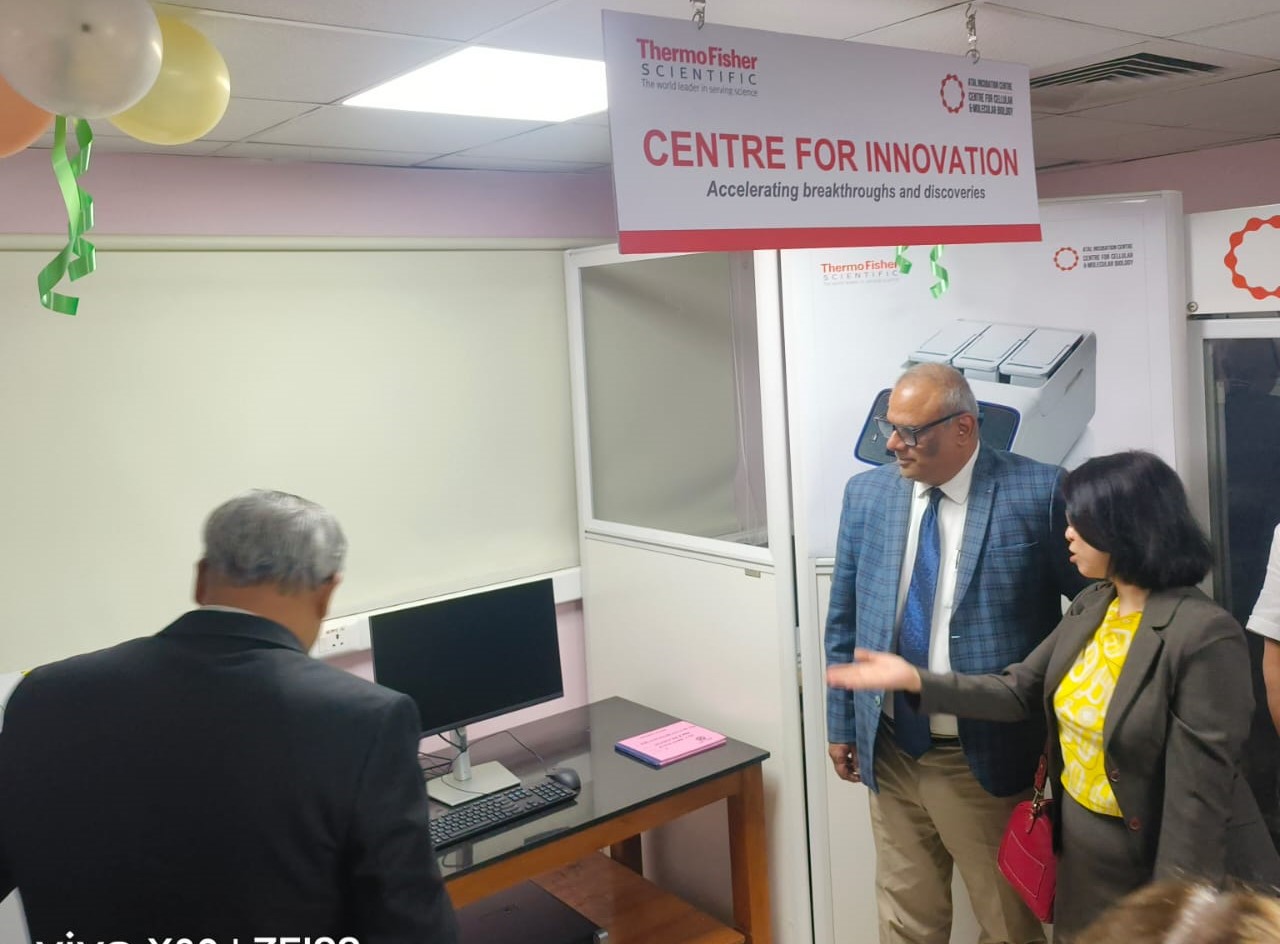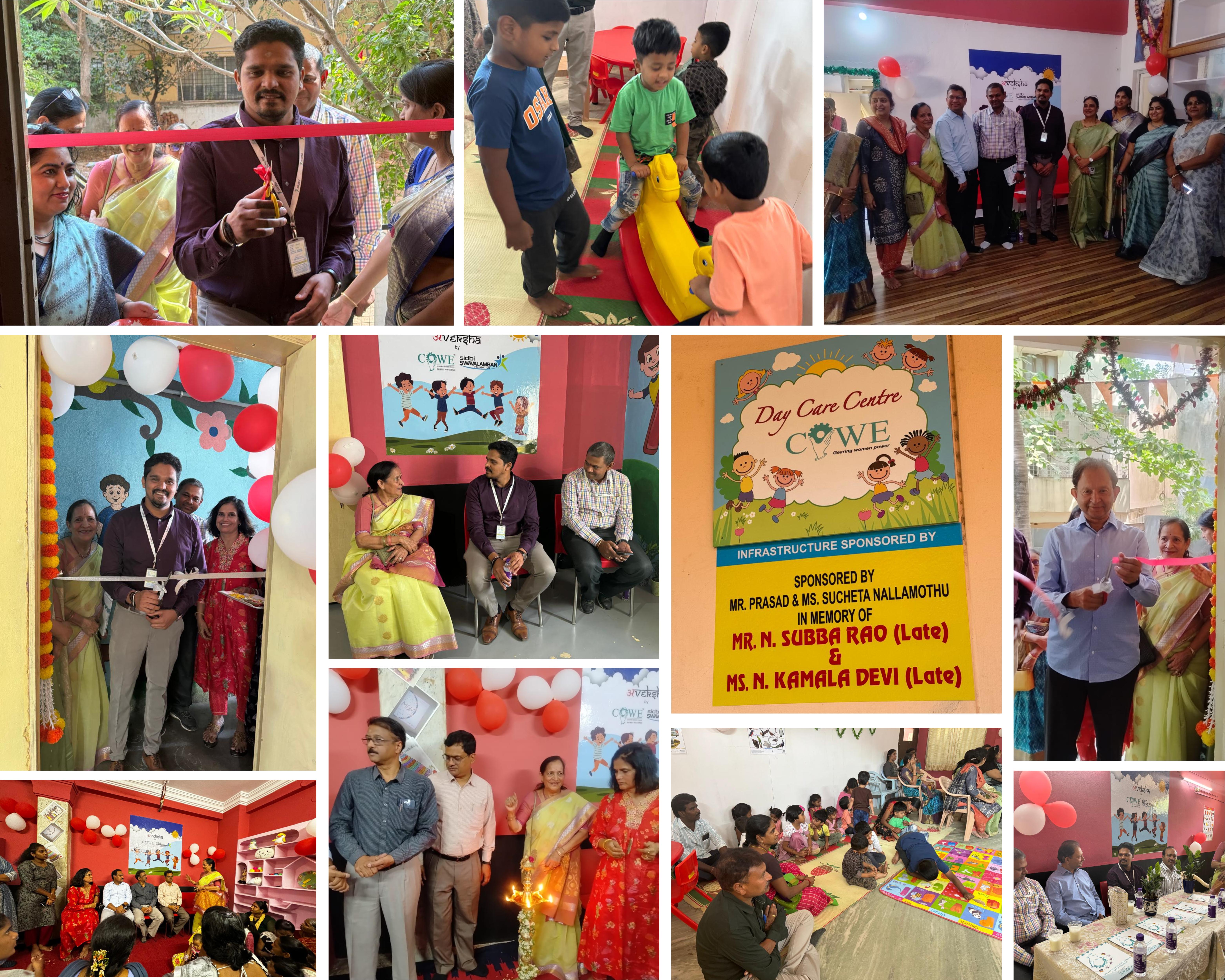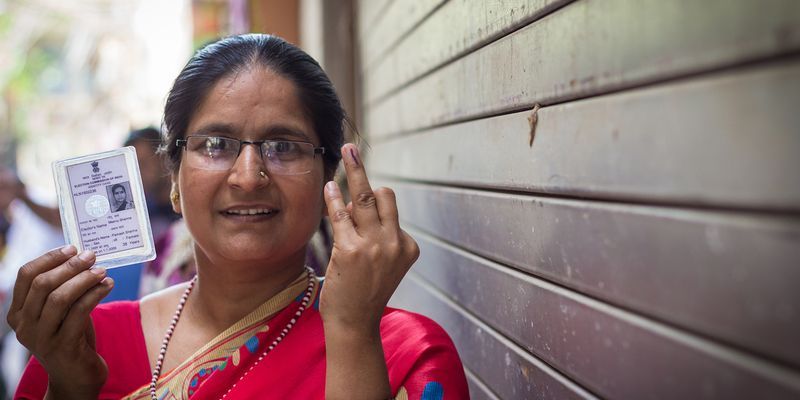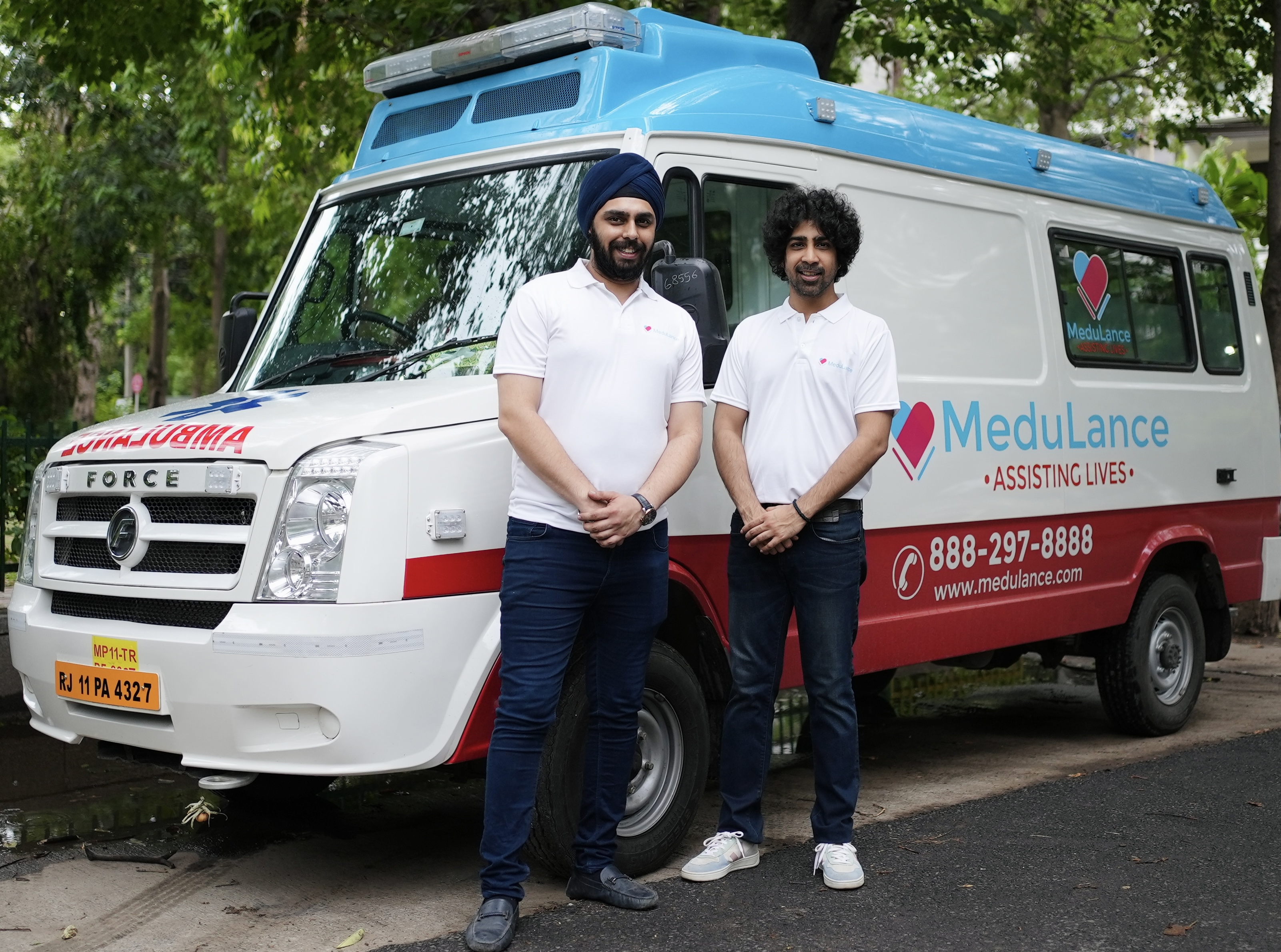Drug abuse or substance abuse refers to the use of certain chemicals for the purpose of creating pleasurable effects on the brain. There are over 200 million drug users around the world and this problem has been increasing at an alarming rate, specifically amongst the young adults below the age of 30. Drug abuse causes long term damage to the body and the drug addicts who use needles are at risk of contracting many infections especially HIV and hepatitis B and C infections.
''Majority of the addicts are not willing for treatment. They are more inclined towards obtaining drugs for abuse.
In such cases, proper knowledge about treatment protocol along with psychoeducation of family members regarding what measures need to be taken by them to support the patient recovery is very crucial. Otherwise many times patients are given up on and do not get correct medicine and counseling due to lack of knowledge. Consulting a Psychiatrist to understand treatment options like harm reduction, relapse prevention, motivation enhancement therapy is very helpful'' Says Dr. Sagar Mundada, consultant Psychiatrist and De-addiction specialist
Gender differences in rates of substance abuse have been consistently observed in the general population and treatment-seeking samples, with men exhibiting significantly higher rates of substance use, abuse, and dependence. However, recent epidemiologic surveys suggest that this gap between men and women has narrowed in recent decades. Women are influenced both as accomplices of male substance users and as substance users themselves. An Indian study was carried out by Pratima Murthy, et al, wherein more than 100 non-legislative associations all through India were chosen and prepared through territorial workshops on the examination strategy and meetings. Polls were converted into various provincial dialects. A total of 6266 respondents (1588 current female drug users and 4678 female partners) were met from various conditions of the nation. The outcomes showed that:
- 77.2% of female drug users were prevalently in their twenties and thirties.
- Basic drugs utilized in the most recent month were:
- Heroin (29.8%),
- Propoxyphene (21.5%),
- Narcotics or anxiolytics(18.3%).
- Liquor 62.1% and tobacco 66.4%.
- Injecting drug use was accounted for by 572 respondents.
- Violence was experienced by 69.3%.
- About 49.5% engaged in sexual relations in return for cash or drugs with multiple partners in the last year.
- Female partners had lower salaries (Avg. Rs. 3200/- for every month) contrasted with female drug users (Avg. Rs 4000/- every month).
- Female partners were bound to have monogamous relations as compared to drug users.
- Almost 33% of both female partners and drug users couldn't remark upon their or their partners' risk of HIV. While a greater part is aware of HIV, misconceptions about HIV transmission were also noted amongst the two groups.
- 92% of female drug users and 99.1% of females partners had feelings of the uselessness of life was.
The findings raise several issues about drug use vulnerabilities, expectancies, and needs of both female drug users and female partners in India.
What are the causes of drug use?
Substances of abuse are usually psychoactive drugs that are used by people for various different reasons which may include:
- The use of prescription drugs that were originally intended to target pain relief may have turned into recreational use and become addictive
- Chemicals may be used as part of religious practices or rituals
- Curiosity and peer pressure, especially among school children and young adults
- Unable to handle stress
- Recreational purposes - “Just for fun”
- As a means of obtaining creative inspiration
Drug categories
Drugs of abuse fall into three groups and these include:
- Depressants: These cause depression of the brain's faculties and examples include sleeping pills (barbiturates) and heroin.
- Stimulants: These cause stimulation of the brain, giving rise to alertness and increased bursts of the activity causing a rapid heart rate, dilated pupils, increased blood pressure, nausea or vomiting, and behavioral changes such as hyperactivity or agitation and inability to make decisions may also result. In severe cases, there may be delusional psychosis which can occur with the use of cocaine and amphetamines.
-
Hallucinogens: These cause hallucinations and an "out of this world" feeling of dissociation from oneself. Thus, more percent of the young groups than the adults have been addicted to these so as to run away from the reality of life. Hallucinogens may cause distorted sensory perception, delusion, paranoia and even depression. Examples include ecstasy, mescaline and LSD.
Examples of drugs are:
- Alcohol
- Tobacco
- Cocaine from coca
- Opium and opioids from poppy plants
- Hashish or marijuana from cannabis
- Synthetic drugs such as heroin, ecstasy, and LSD
Administration of drugs
There are several different routes of administration for drugs of abuse including orally in the form of a pill, intravenously in the form of an injection, by inhaling the substance in the form of smoke or snorting in the powder so it is absorbed into the blood vessels of the nose.
Epidemiology of drug abuse
Cannabis, marijuana, and hashish are the most widely abused drugs in the world. Around 140 million people worldwide consume cannabis. The use of stimulants such as amphetamine and ecstasy is also widespread, with nearly 30 million people abusing these drugs. Cocaine is used by around 13 million people across the globe, with the highest numbers of users in the United States. Abuse of heroin and other opioids is less common than with other drugs and is taken up by around 8 million people worldwide, mainly in South-East and South-West Asia and Europe.
Drug abuse is seen in various different age groups and in individuals from nearly all walks of life and socioeconomic strata. However, men are more likely to abuse drugs than women; single people are more likely than married individuals and urban dwellers more likely than rural dwellers. Prisoners, street children and younger individuals are also more likely to abuse drugs.
Hence, together we should join hands to reduce substance abuse especially amongst out young adults and women to protect the health and quality of life of those who are addicted and also for the safety and mental health of the ones living with the drug users.
References:
1. Shelly F Greenfields, Substance Abuse in Women, Psychiatr Clin North Am. 2010; 33(2): 339-355. doi: 10.1016/j.psc.2010.01.004
2. Pratima Murthy, Women And Substance Use In India: Deeper Insights, National Institute of Mental Health and Neuro Sciences, Bangalore, Karnataka India; 2UNODC, New Delhi, Delhi India; 3UNODC, Shillong, India.
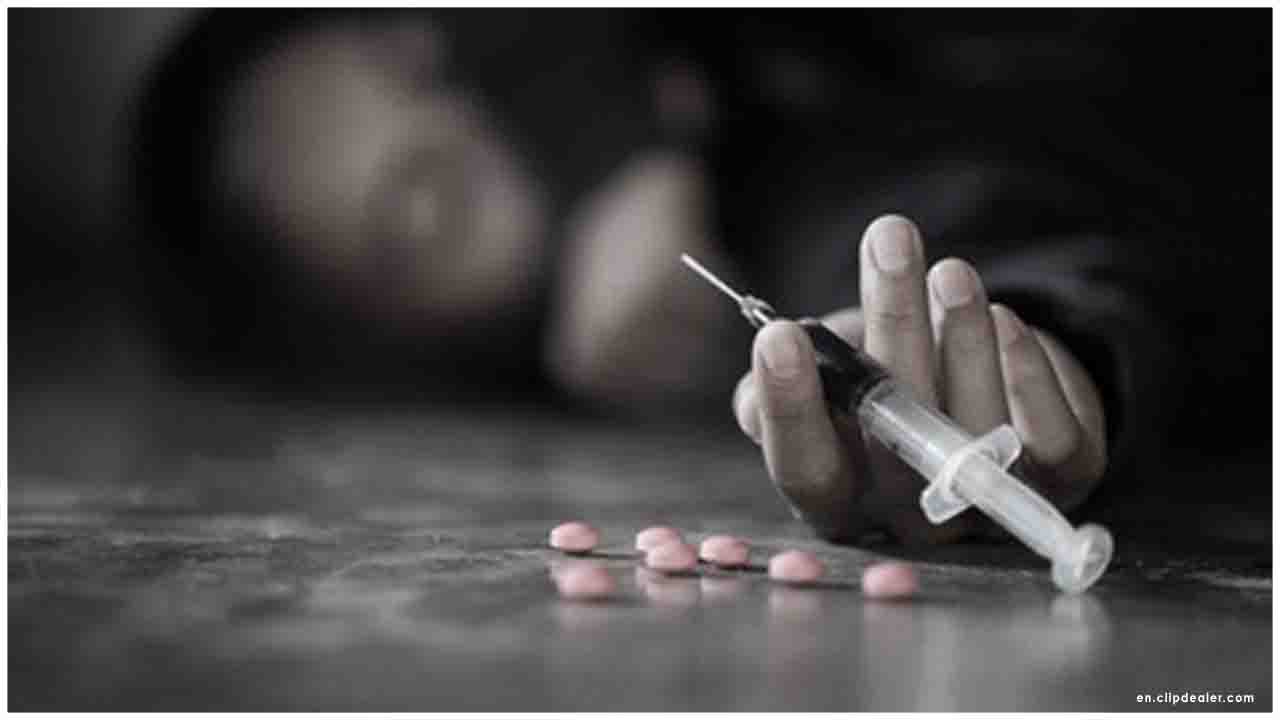
 There are over 200 million drug users around the world and the count is increasing at an alarming rate, specifically amongst adults below the age of 30
There are over 200 million drug users around the world and the count is increasing at an alarming rate, specifically amongst adults below the age of 30

















